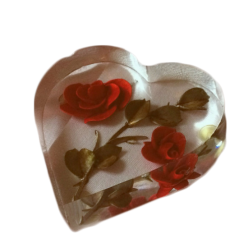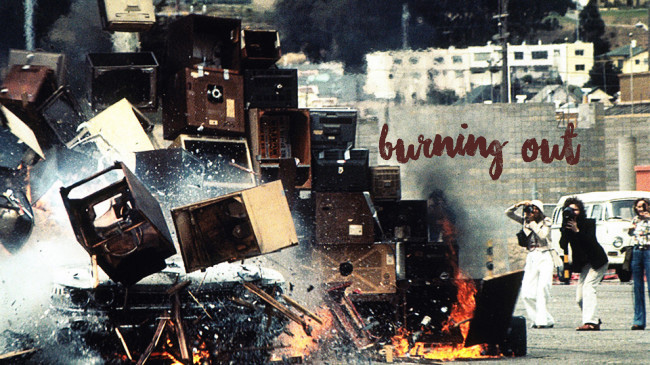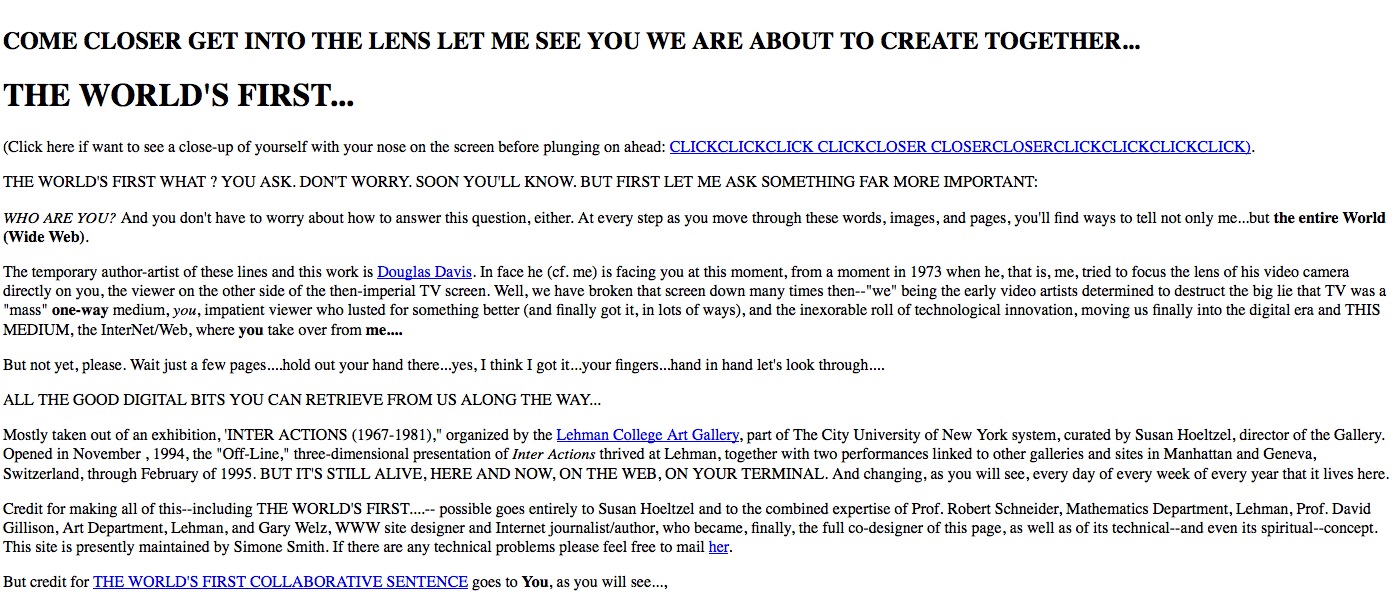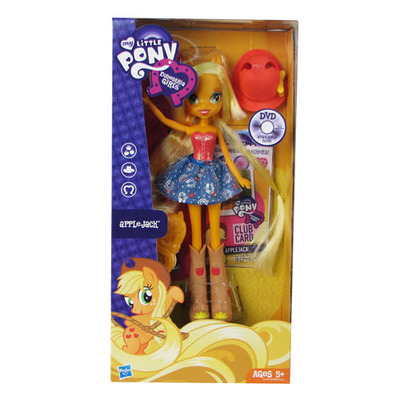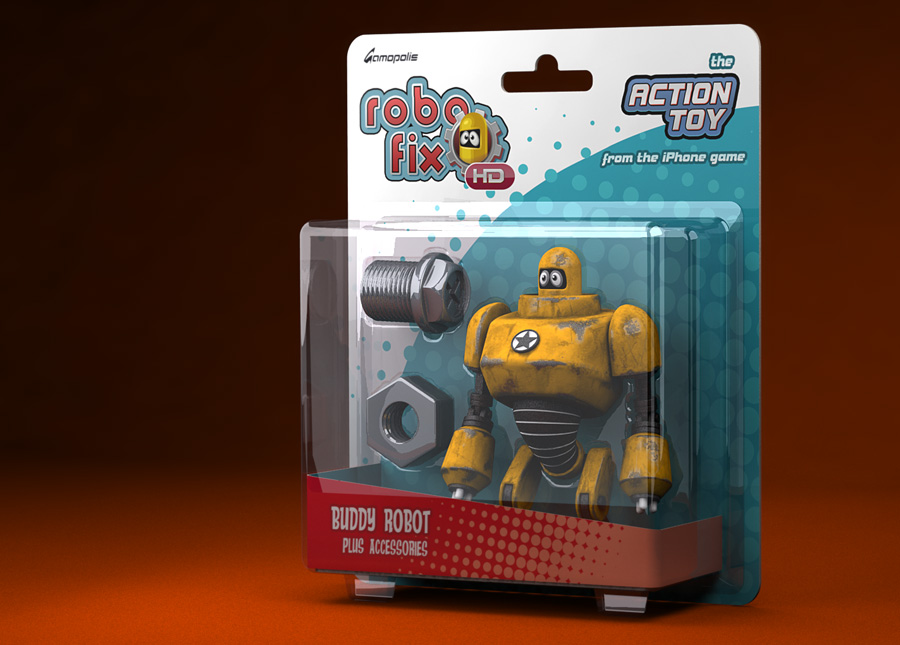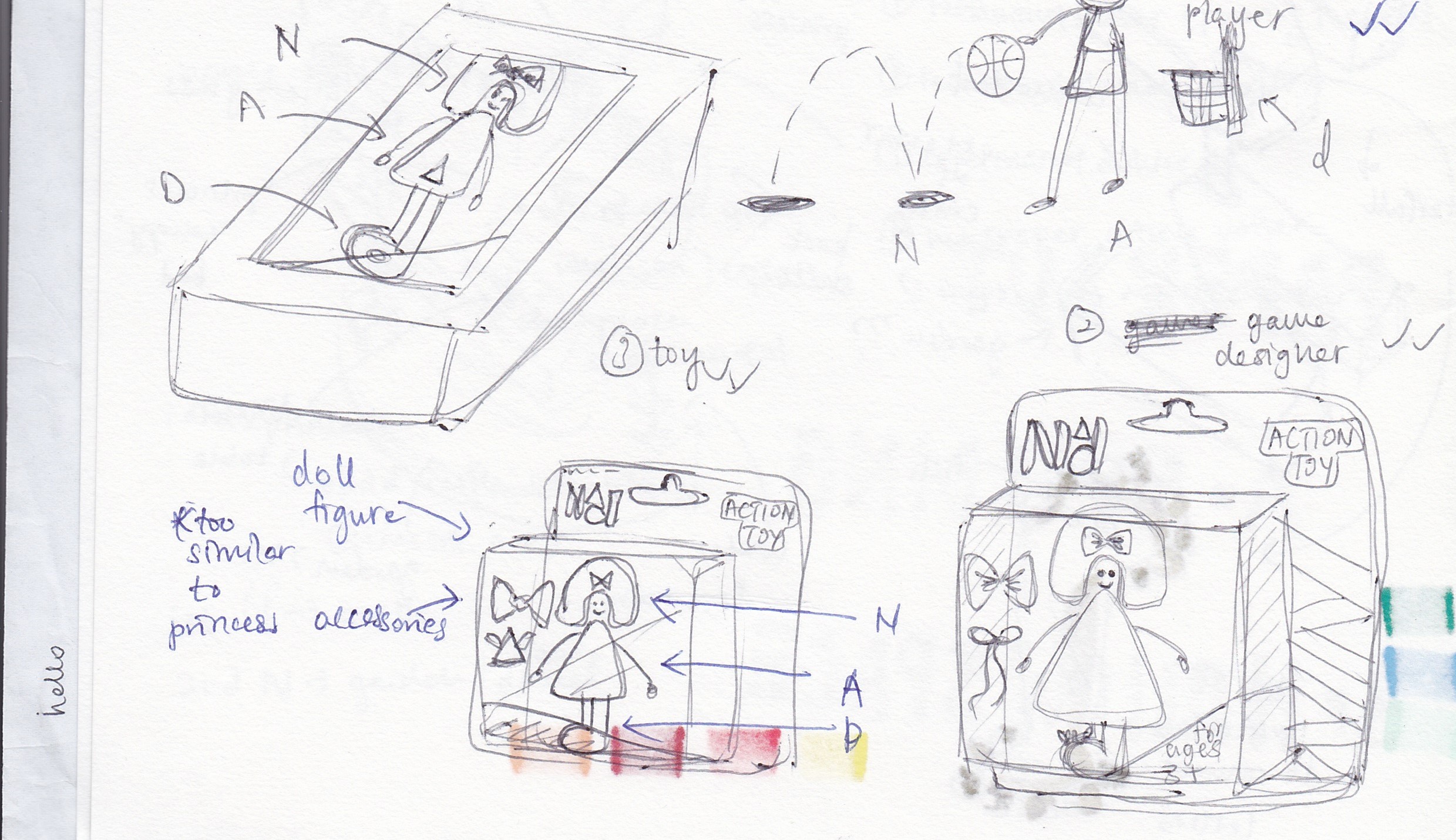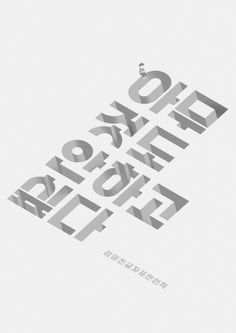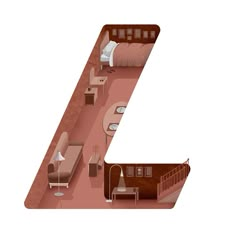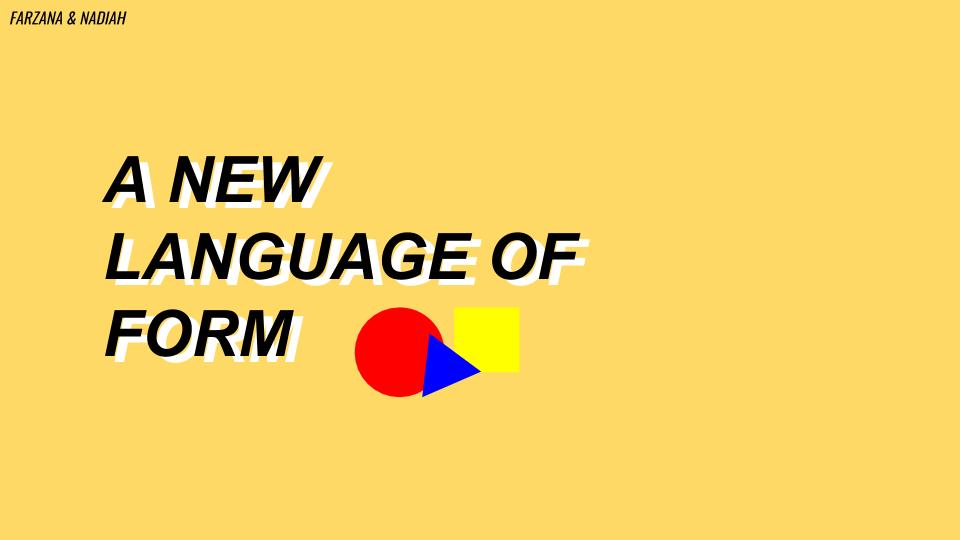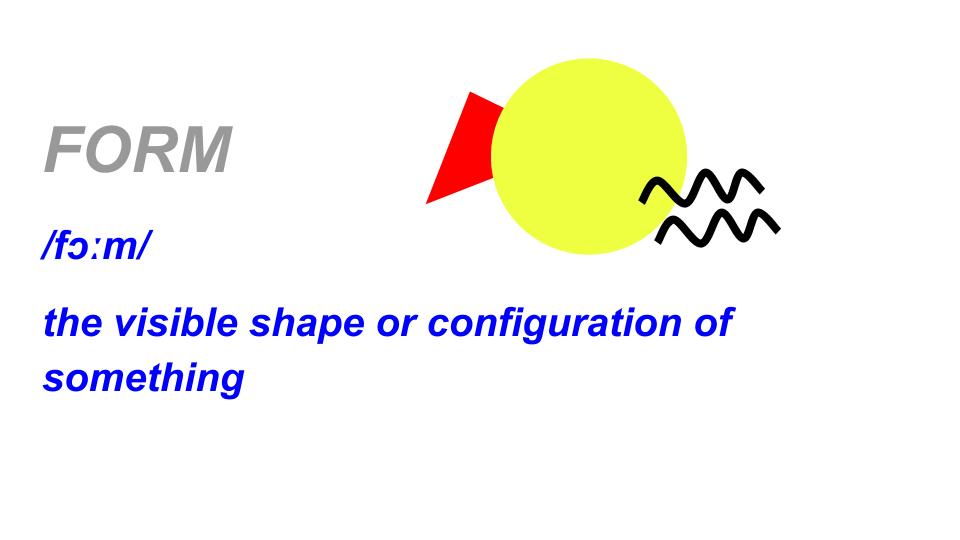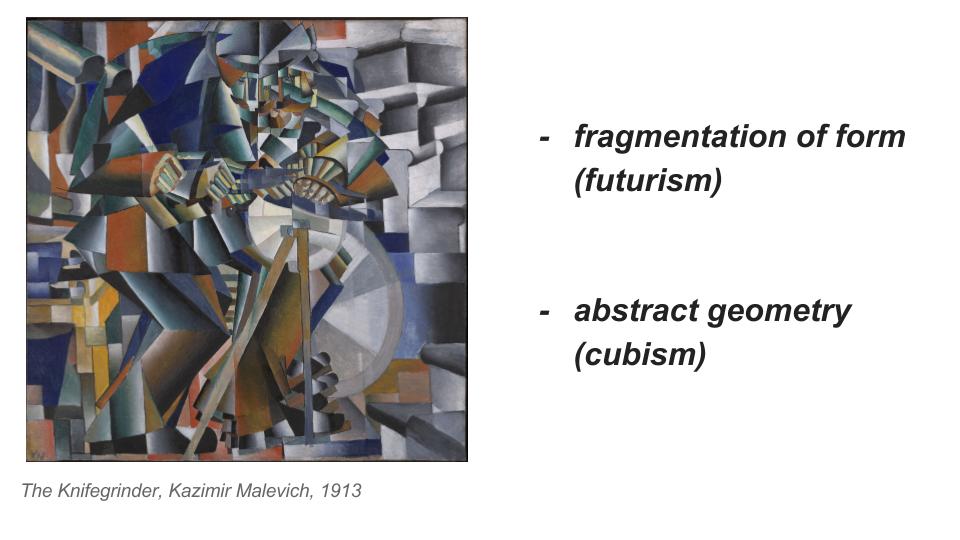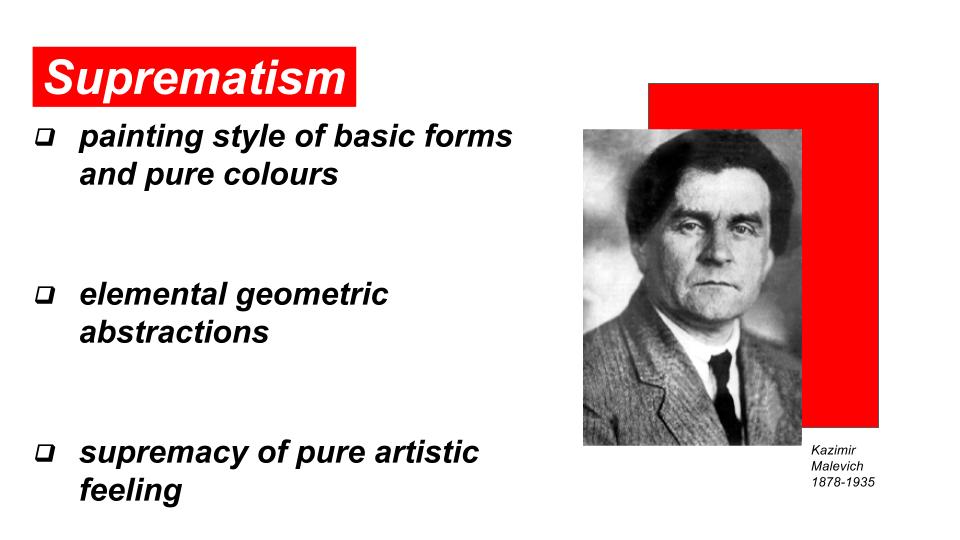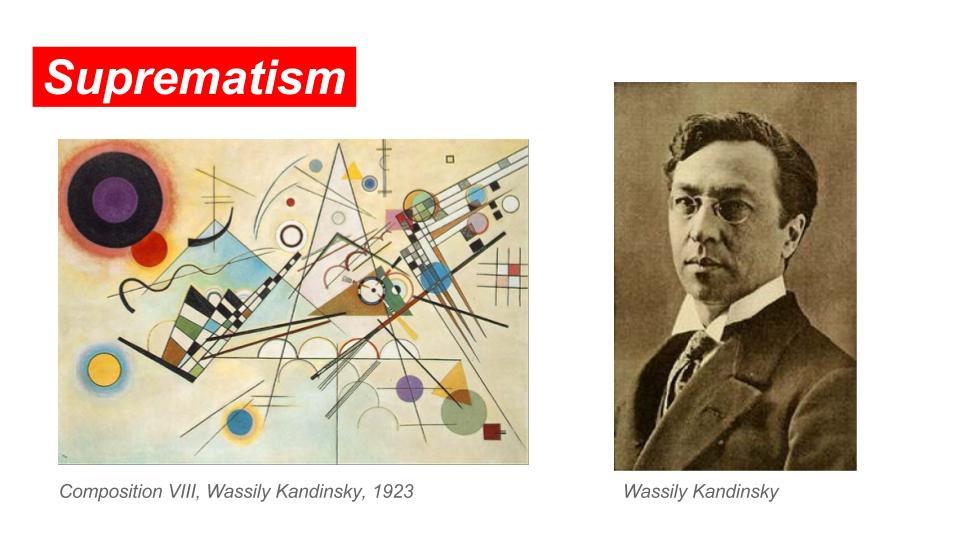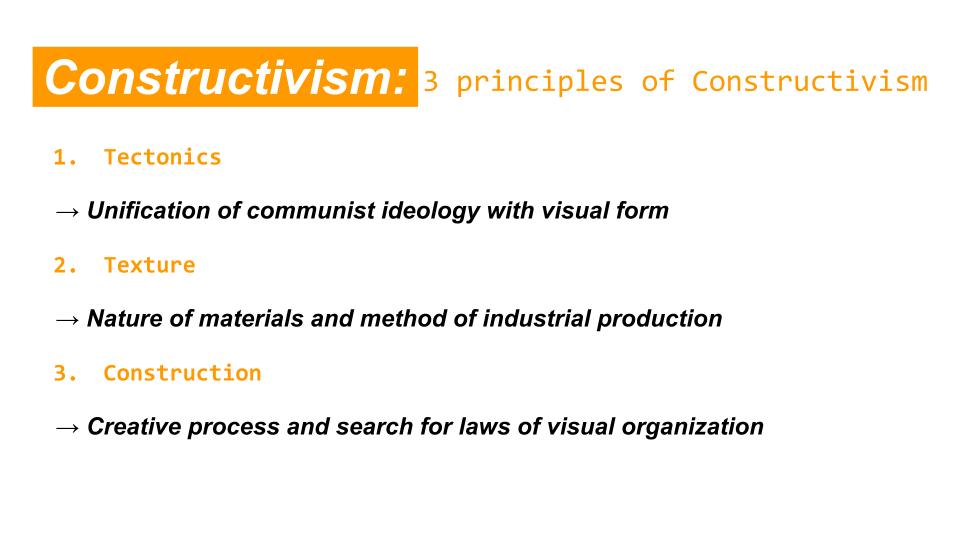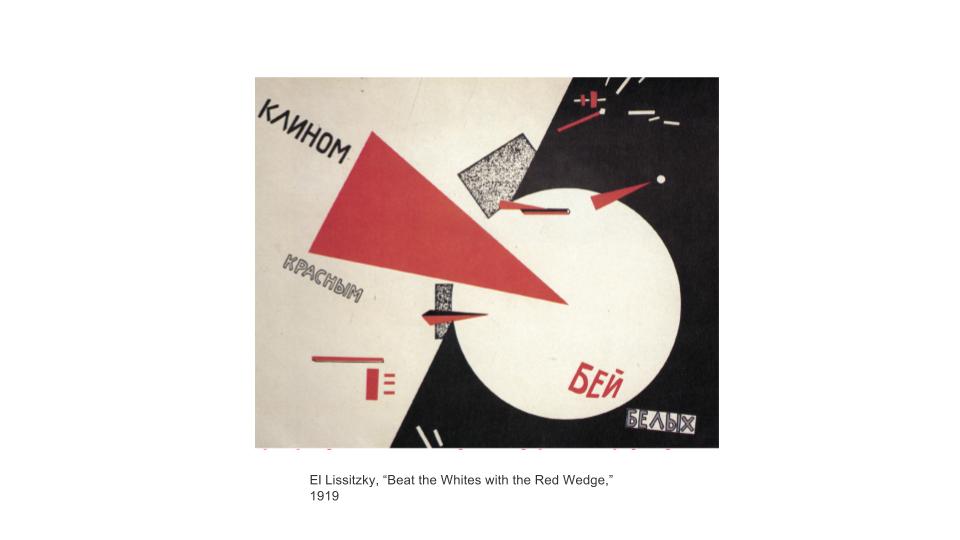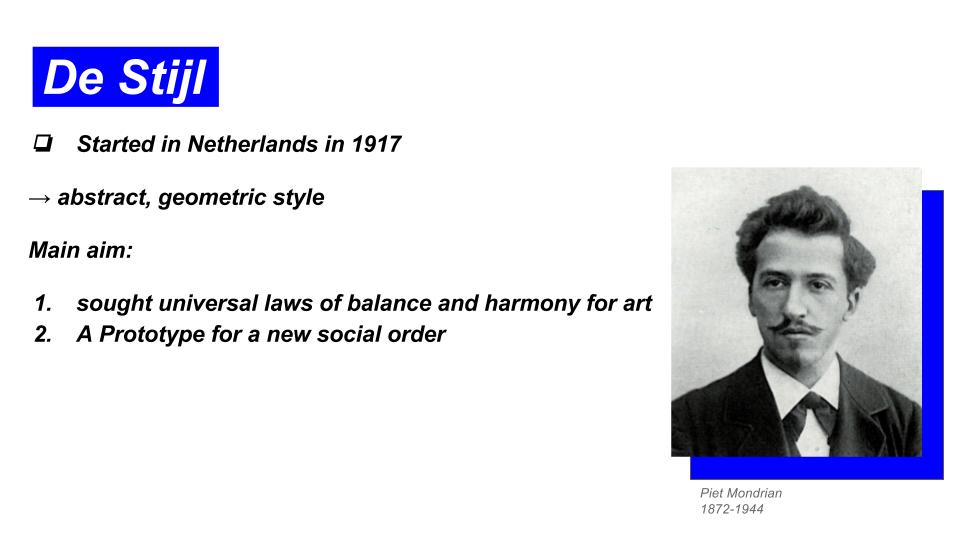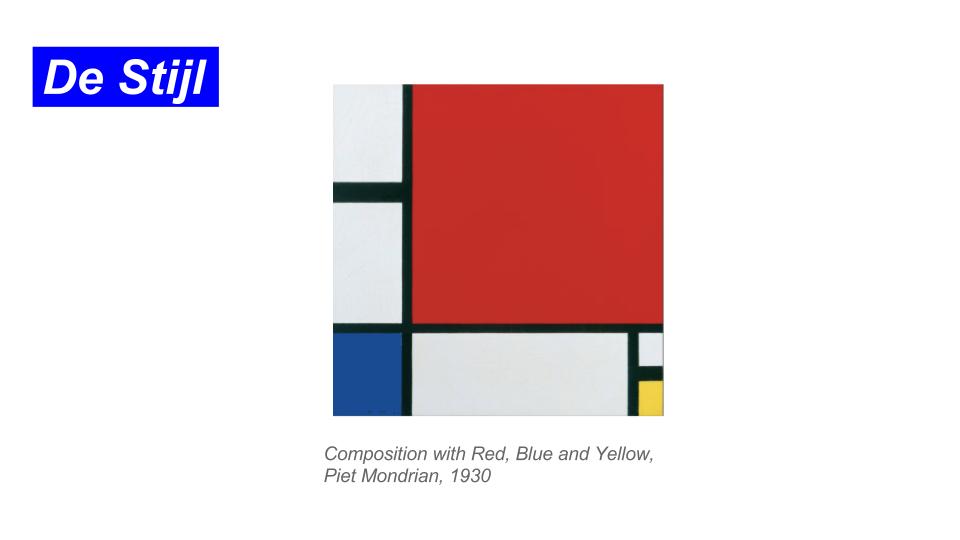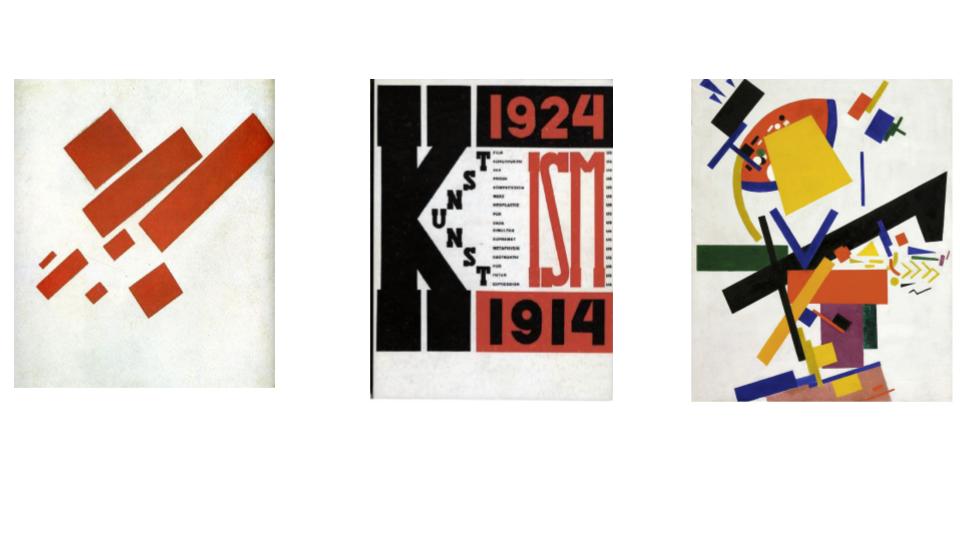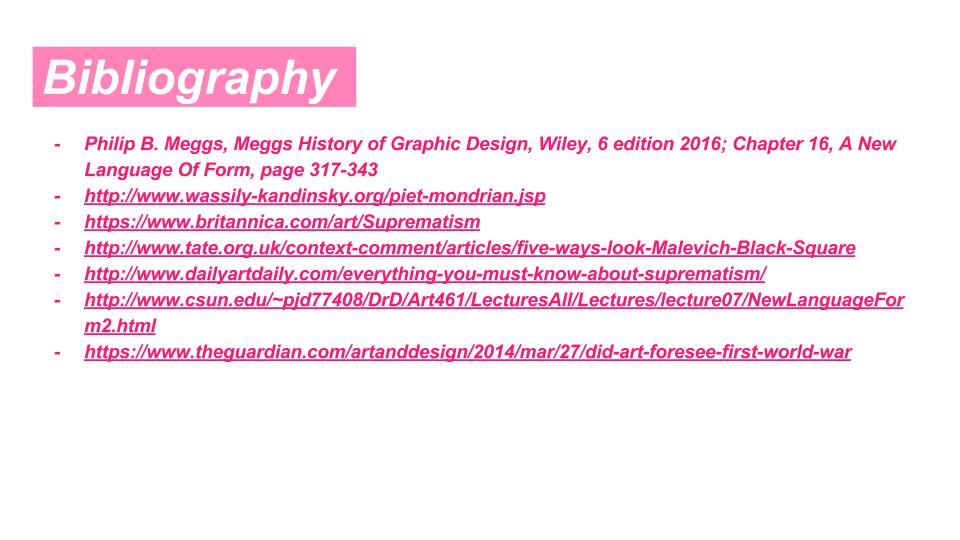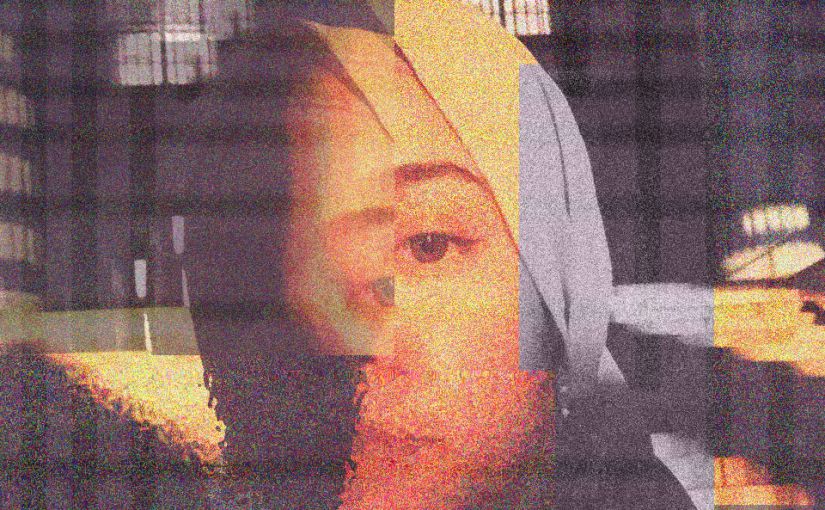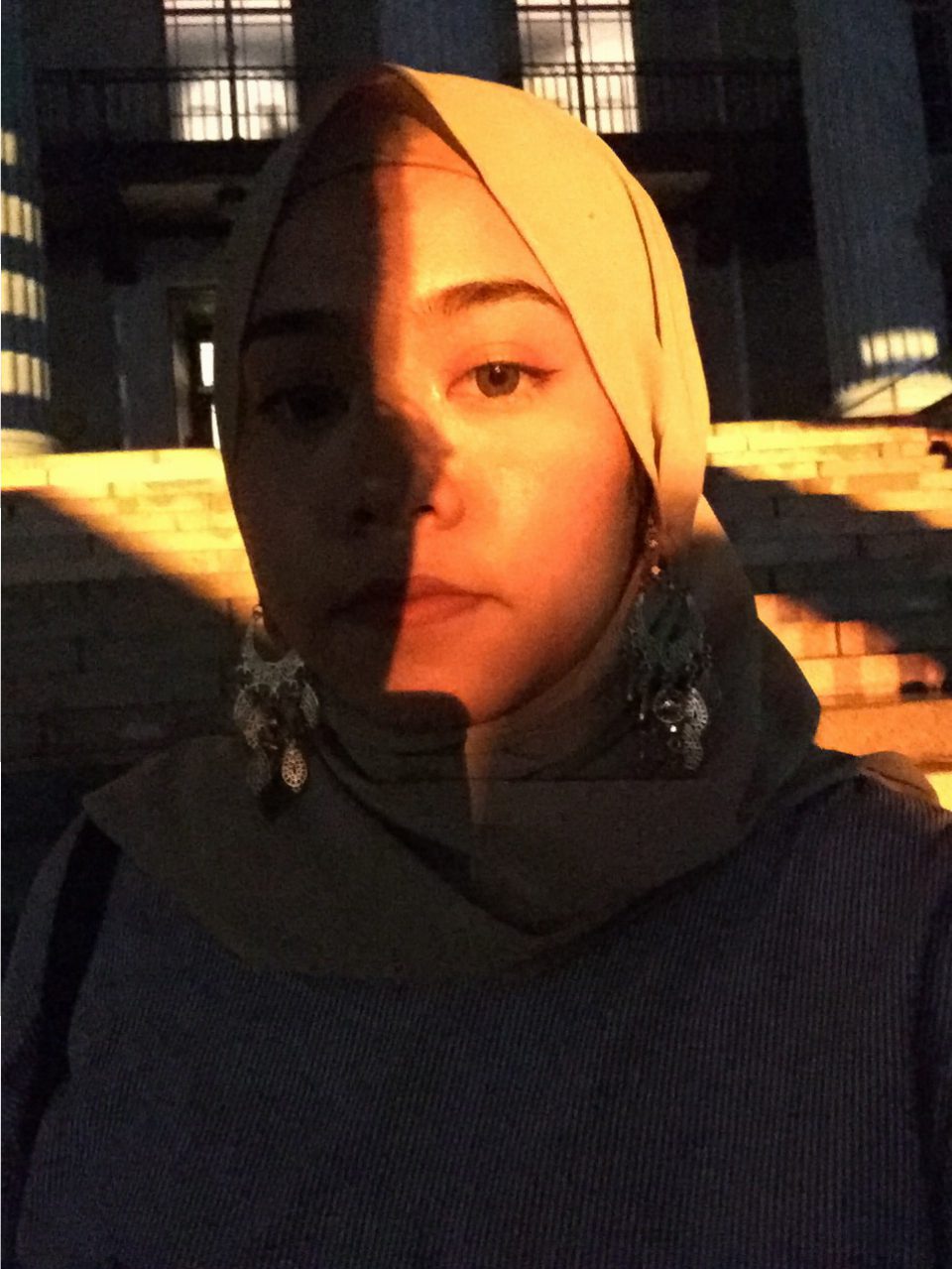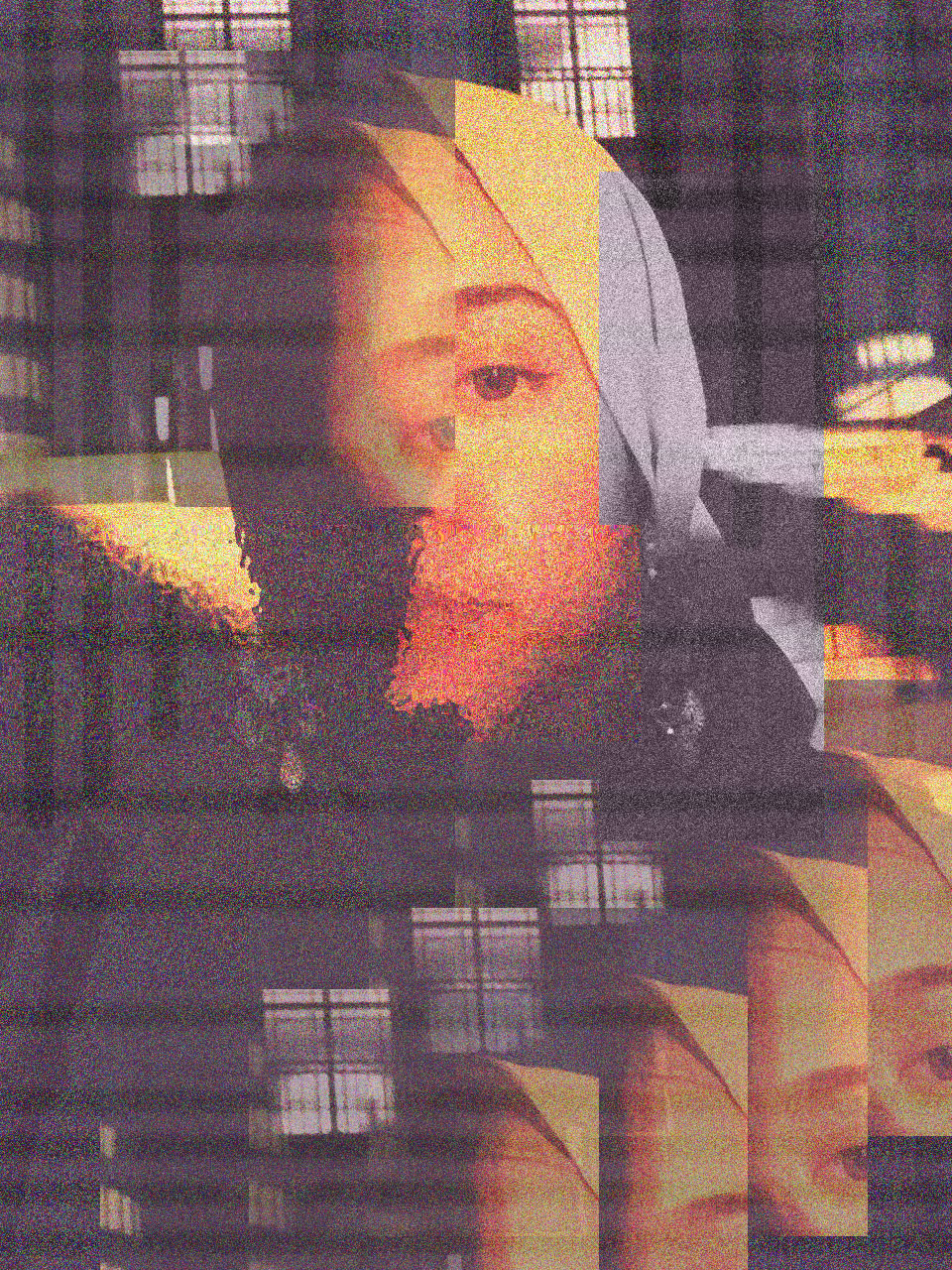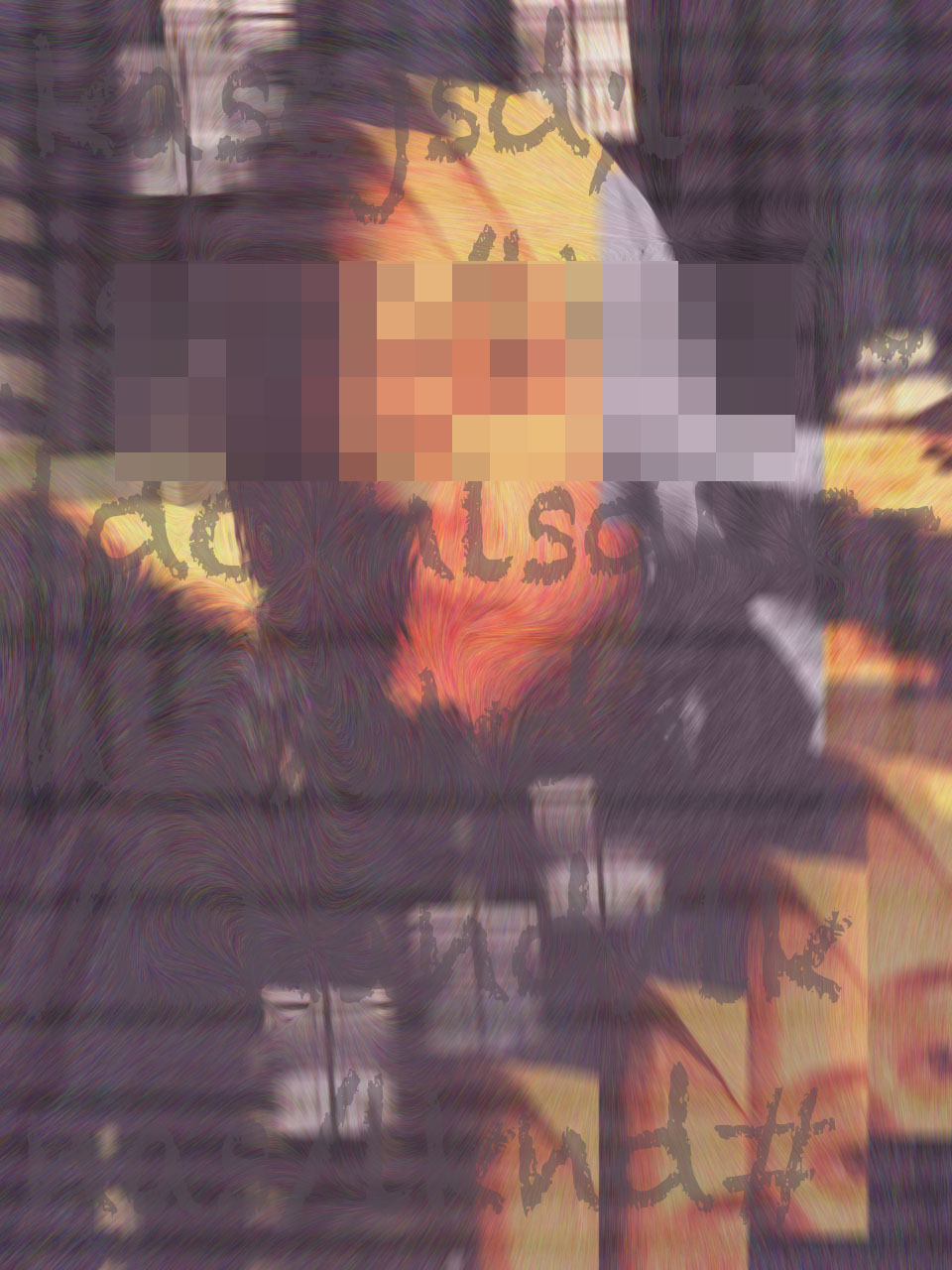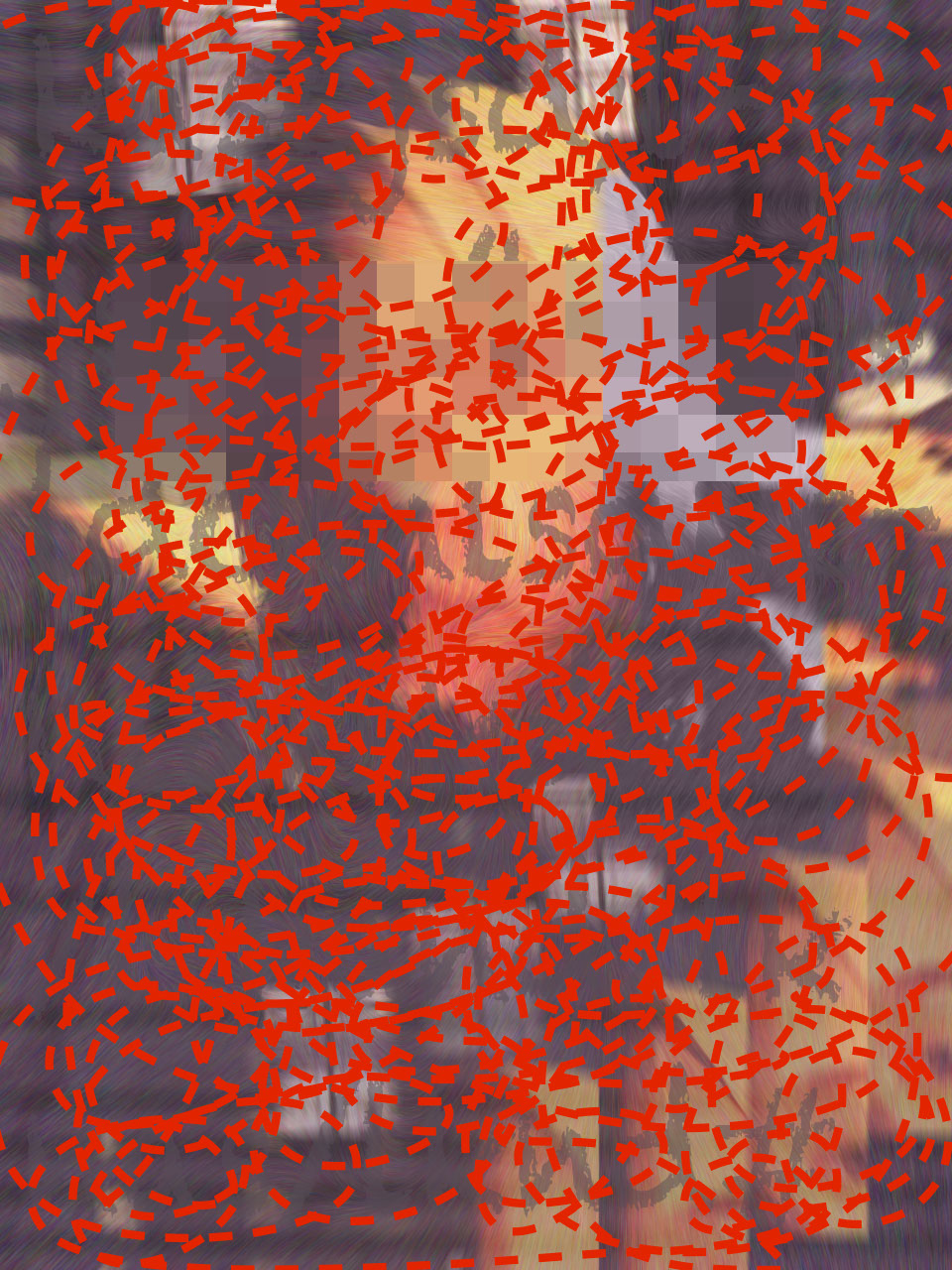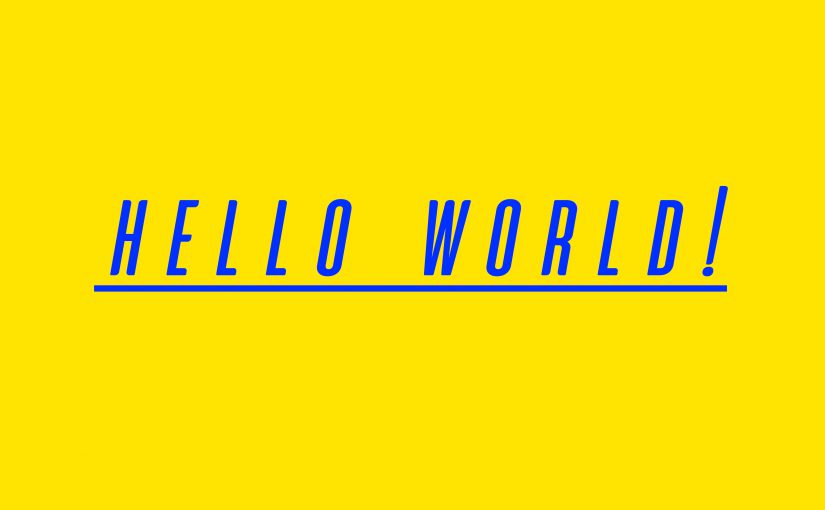
Media Burn was an art performance piece organised by a group of artists and architects called Ant Farm. In the piece, a customized 1959 Cadillac renamed the Phantom Dream Car was driven into a bank of television monitors as seen in the image above, causing an explosive collision thus the term, Media Burn. It was driven by two men (artist dummies) decked in astronaut costumes as seen below.

The whole act also tried to imitate the dramatic atmosphere of a space launch which was why the performance was done with a live audience present. Doug Michaels, co-founder of Ant Farm as John F. Kennedy was present to do interviews as an artist-president. He made a speech about mass media monopolies on the lives of Americans.
“Who can deny that we are a nation addicted to television and the constant flow of media? Haven’t you ever wanted to put your foot through your television?” – Doug Michaels as J.F Kennedy
In an interview with Randall Packer, Chip Lord, another co-founder of Ant Farm said that the piece was first imagined in 1973 in which it took 2 years to actually be executed.
It was executed on July 4th 1975 at San Francisco’s Cow Palace. Ant Farm chose July 4th as the date of performance as they wanted the local news to come and cover it as if it was real. As seen in the video above at minute 4:28 onward, you can see footage of the stunt through news coverage by local news stations and not only through the documentations of Ant Farm’s camera crew which was shot inside of the car itself.
As a team that utilizes the art of sculpture, installation and in this case, performance to condemn American culture and mass media, this is exactly what they are doing. In Media Burn, Ant Farm uses automobile and television sets which at that time, were very prominent icons of American culture. They wanted to address the impact of the strong presence of television and cars in our lives. Burning and destroying the television sets as well as as the car in the end represents the notion of going against the political and cultural influence of the both the elements. Even though they were against the medium of media, they were able to exploit it as seen by the wide news coverage and big public crowd.
With the knowledge that Ant Farm are admirers of automobiles and such, I am intrigued by how they are able to criticize it at the same time. Ant Farm was described as “American as apple pie, but at the same time highly critical of the establishment” (Lewallen, Constance M., Still Subversive After All These Years, n.d.)
